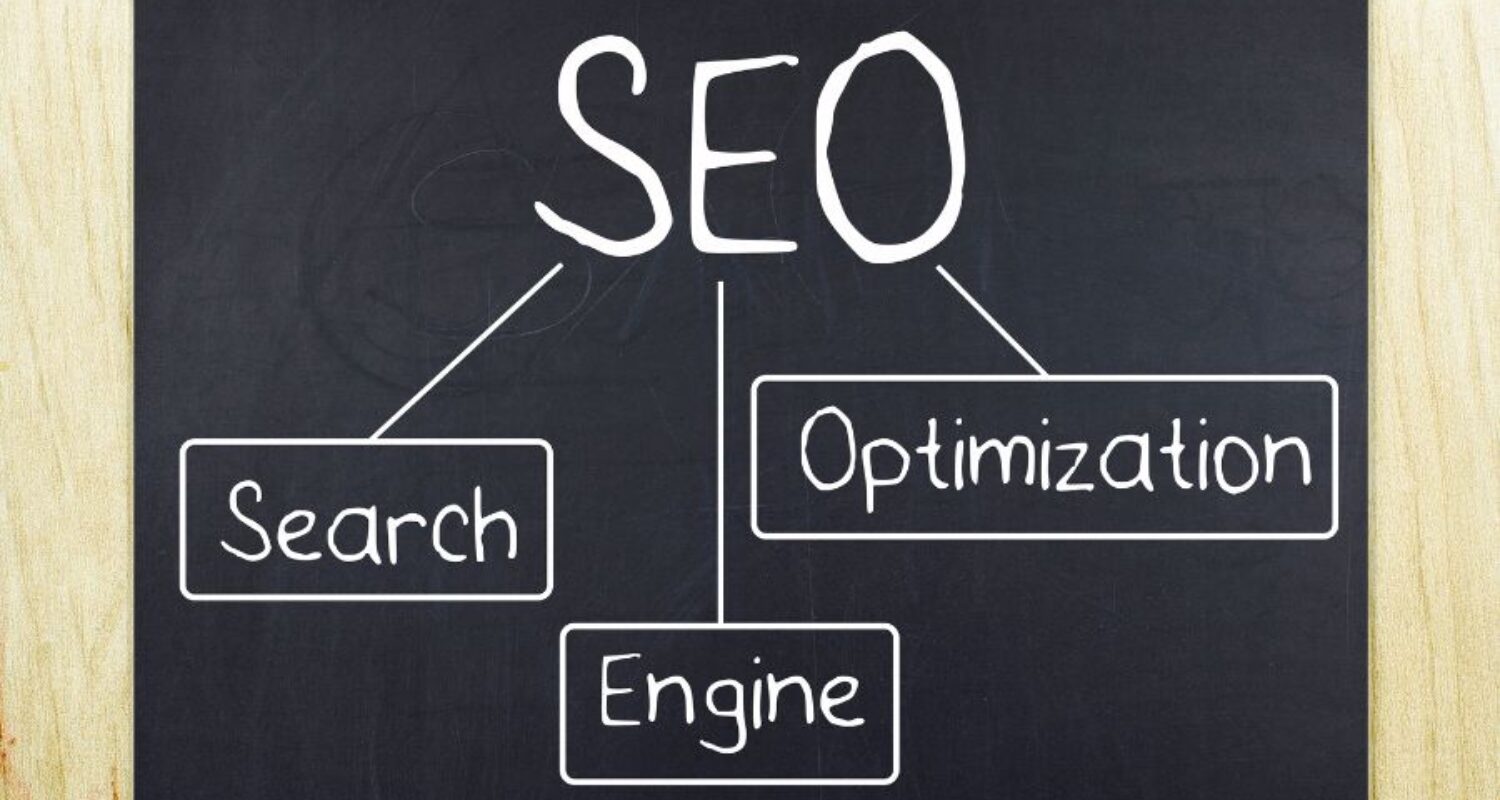In the digital world, content optimisation is a crucial part of successful SEO strategies. This process involves improving your content to make it more visible on search engines, making it easier for users to find relevant information. One important aspect of content optimisation is keyword placement, which plays a key role in enhancing the quality of your content and driving organic traffic to your website.
Key takeaway: In this article, we explore how strategic keyword placement can improve your content’s effectiveness. You’ll discover practical techniques for integrating keywords seamlessly into your high-quality content, ensuring it appeals to both search engines and human readers.
Readers can expect to learn about:
- The importance of understanding user intent
- Techniques for Strategic Keyword Placement
- On-page SEO practices beyond keywords
- Creating high-quality content that ranks well and engages readers
Start refining your content strategy and boosting your online presence.

Understanding Content Optimisation
Definition of Content Optimisation: Content optimisation is the strategic process of improving your content to meet the needs of both search engines and users. This involves using relevant keywords, organising them for clarity, and ensuring it follows search algorithms to increase visibility.
Impact on Search Engine Visibility: By improving your content through optimisation techniques, you significantly increase the chances of appearing in top search results. Google and other search engines reward well-optimised content by ranking it higher, which leads to increased organic traffic.
Importance of Content Quality: High-quality content is crucial for attracting and retaining users. It’s not just about using keywords but creating articles that provide real value. Engaging, informative, and authoritative content effectively answers user questions, encourages longer page visits, and builds trust with your audience.
Key Aspects:
- Relevance: Make sure your content addresses the needs and questions of your target audience.
- Readability: Write clearly and concisely to keep readers interested.
- Originality: Offer new perspectives or insights that make your content stand out from competitors.
High-quality content attracts users, encourages them to return for more, and prompts them to share your material within their networks.
The Foundation of Effective Keyword Research
Effective keyword research is the cornerstone of any successful content strategy. By understanding the nuances of keyword research, you can create content that resonates with your target audience and improves your search engine rankings.
1. Importance of Thorough Keyword Research
Identifying the right keywords is crucial for aligning your content with what users are searching for. This process involves exploring a mix of broad and long-tail keywords to cover various aspects of the user’s intent. Long-tail keywords, while less competitive, often lead to higher conversion rates as they reflect specific queries.
2. Analyzing User Search Behavior
To discover relevant keywords, it’s essential to delve into user search behaviour. Tools like Google Keyword Planner and SEMrush provide insights into what your audience is searching for. Understanding these patterns helps in crafting content that not only answers their questions but also aligns with their intent.
3. Aligning Keywords with Audience Intent
User intent can be informational, navigational, or transactional. Analysing how users phrase their searches allows you to identify keywords that match their intent effectively. This alignment ensures your content meets their needs, enhancing engagement and driving conversions.
By placing keyword research at the heart of your content strategy, you set the stage for creating impactful, user-focused content that ranks well in search engine results.
Strategic Keyword Placement Techniques for SEO Success
Crafting content with effective keyword placement strategies is crucial for enhancing on-page SEO without sacrificing readability. Integrating keywords naturally into your content ensures search engines can effectively crawl and index your pages, boosting visibility.
Best Practices for Keyword Placement:
- Title Tags and Headlines: Position primary keywords in the title tag and H1 headline to immediately signal relevance to both users and search engines.
- Introduction and Conclusion: Introduce your main keyword within the initial 100 words and reinforce it towards the end of your content, helping to frame the topic cohesively.
- Subheadings (H2/H3): Use related keywords in subheadings (H2/H3) to break up text logically, aiding user navigation and signaling content structure to search engines.
- Body Content: Aim for a natural integration of keywords throughout the body text. Avoid keyword stuffing by ensuring each occurrence adds value and maintains flow.
- Alt Text for Images: Describe images using relevant keywords, improving accessibility and providing additional context for search engines.
- URLs: Include primary keywords in URLs for clarity and improved indexing potential.
Emphasising these techniques within your content optimisation strategy fosters a seamless blend of keyword usage and high-quality writing, promoting both user engagement and improved search rankings.
Aligning Content with User Intent: A Key to Engagement and Conversions
Understanding user intent alignment is crucial in crafting content that resonates with your audience and drives conversions. User intent can be categorised into three primary types:
1. Informational Intent
Users seek knowledge or answers to specific questions. Creating detailed, authoritative articles or blog posts that provide valuable insights can satisfy this type of intent. For instance, a post titled “How to Improve Your SEO Strategy” caters to users looking for actionable advice.
2. Navigational Intent
Here, users aim to find a specific website or page. Optimising your content with branded keywords ensures that your site appears prominently in search results when users search for your brand directly.
3. Transactional Intent
These users are ready to make a purchase or complete a transaction. Crafting persuasive product descriptions and leveraging call-to-action buttons encourages potential customers to take the next step toward conversion.
Producing content that aligns with these intents not only enhances user experience but also boosts engagement rates and conversion metrics. By analysing user behaviour and tailoring your content strategy accordingly, you position yourself as an invaluable resource, effectively meeting the diverse needs of your audience.
On-Page SEO Techniques Beyond Keywords: Header Tags, Meta Tags, and More
Enhancing your website’s SEO involves more than just keyword placement. Header tatagsage plays a crucial role in structuring your content logically, improving readability for both users and search engines. By using header tags like H1, H2, and H3 effectively, you create a hierarchy that guides readers through your content seamlessly. The H1 tag typically represents the main topic or headline of your page, while the H2 and H3 tags break down subtopics, offering clarity and context.
Example:
html
Understanding Search Engines
How Search Engines Work
Beyond headers, meta tags’ importance cannot be understated. These snippets of text provide concise summaries of your page’s content. While they don’t appear on the page itself, search engines use them in search results to give users a preview of what to expect. Crafting compelling meta descriptions incentivises clicks by clearly communicating the value of your content.
Key Points:
- Header Tags: Enhance structure and improve readability.
- Meta Tags: Offer precise content summaries for better visibility in search results.
Incorporating these elements ensures your pages are not only well-optimised for search engines but also engaging for your audience.
Ensuring High-Quality Content Creation for Long-Term SEO Success
Creating high-quality content is essential for long-term SEO success. It’s not just about ranking well but also providing genuine value to your readers. High-quality content standards demand a focus on both engaging writing an effective content optimisation. Here’s what characterises such content:
- Relevance: Address topics that resonate with your audience’s interests and needs. This ensures the content remains informative and aligns with user intent.
- Depth of Information: Provide in-depth insights and thorough explanations, which help establish authority in your niche and encourage longer site visits.
- Clarity and Readability: Use clear language and logical structuring, making it easy for readers to understand the message without unnecessary complexity.
- Originality: Deliver unique perspectives or fresh takes on common topics, avoiding plagiarism while fostering creativity in content creation.
- Engagement: Encourage interaction through thought-provoking questions, calls-to-action, or multimedia elements like images and videos, enhancing user experience.
Incorporating these characteristics into your strategy ensures content quality for SEO remains at the forefront, supporting your goals of increased visibility and engagement. Engaging writing combined with strategic keyword placement lays the foundation for a robust content optimisation approach that benefits both search engines and users alike.
Monitoring Performance and Making Data-Driven Adjustments to Your SEO Strategy
Understanding how your content performs is crucial for sustained SEO success. By using performance monitoring tools like Google Analytics and Search Console, you can assess various metrics such as page views, bounce rates, and conversion rates. These insights reveal how well your content resonates with your audience and its effectiveness in driving engagement.
Key Performance Monitoring Tools
- Google Analytics: Offers detailed reports on user interactions, helping you understand which pages perform best and where users drop off.
- Search Console: Provides valuable data on search performance, including the keywords bringing traffic to your site and any technical issues affecting visibility.
Making Data-Driven Adjustments
Making data-driven adjustments involves analysing this real-time data to refine your content strategy. For instance, if a page has a high bounce rate, consider revisiting its structure or content alignment with user intent. If certain keywords are consistently drawing traffic but not converting, it might be time to optimise all-to-action elements or evaluate user journey paths.
The Importance of Regular Monitoring
Regular monitoring not only guides incremental improvements but also helps anticipate changes in search trends. This proactive approach ensures that your content remains relevant and competitive within your niche, ultimately contributing to better search rankings and user satisfaction.

Implementing Additional SEO Best Practices for Comprehensive Optimisation
Maintaining a healthy balance in keyword usage is crucial for content optimisation. Optimal keyword density refers to the ideal frequency of keywords in your content, ensuring they appear naturally without overwhelming the reader. Generally, a keyword density of 1-2% is recommended, though this can vary based on content type and length.
Avoiding keyword cannibalisation is another vital consideration. This occurs when multiple pages target the same keyword, leading to competition between your pages in search engine rankings. To prevent this, each page should have a unique focus, targeting distinct keywords or phrases.
Consider these guidelines to achieve balanced keyword usage:
- Integrate Keywords Naturally: Ensure keywords fit seamlessly into sentences.
- Use Synonyms and Related Terms: This enriches content without over-reliance on specific keywords.
- Regularly Audit Content: Identify and resolve potential instances of keyword cannibalisation.
Crafting content with these principles supports better readability and search engine performance, enhancing your site’s visibility.
Conclusion: The Power of Combining High-Quality Writing with Strategic Keyword Placement for SEO Success!
The techniques discussed in this article can be used to improve your online visibility. High-quality content and strategic keyword placement are crucial in creating engaging content that appeals to both readers and search engines.
Actionable Steps:
- Start optimizing existing articles or creating new ones, focusing on quality writing.
- Implement effective SEO content writing tips to achieve sustainable growth.
Improve your content strategy by prioritising user experience alongside careful keyword integration, leading to increased engagement and conversions.
What is content optimization and why is it important for SEO?
Content optimization refers to the process of enhancing your content to improve its visibility in search engines. It is significant for SEO because well-optimized content attracts more organic traffic, ultimately driving better engagement and conversions.
How can I conduct effective keyword research?
Effective keyword research involves analyzing user search behavior to identify relevant keywords that align with your target audience’s intent. Utilizing long-tail keywords can also help tailor your content strategy more effectively.
What are some best practices for keyword placement in my content?
Best practices for keyword placement include strategically incorporating keywords throughout your content while ensuring that readability is not compromised. This can involve placing keywords in headers, the introduction, and naturally within the body text.
How do I align my content with user intent?
To align your content with user intent, you need to understand the different types of user intent: informational, navigational, and transactional. Creating content that meets these needs will enhance user engagement and increase conversions.
What role do header tags and meta tags play in SEO?
Header tags (H1, H2/H3) help structure your content logically, improving its readability for both users and search engines. Meta tags summarize your page’s content accurately, which is crucial for SEO as they influence click-through rates from search results.
How can I ensure my content remains high-quality over time?
To ensure high-quality content creation for long-term SEO success, focus on engaging writing that provides genuine value to readers. Continuously monitor performance using tools like Google Analytics and make data-driven adjustments based on real-time insights.




